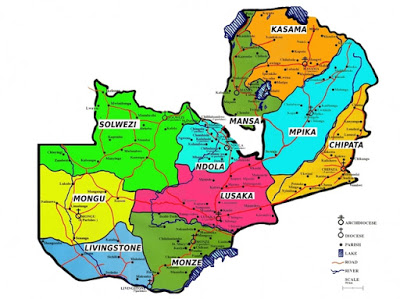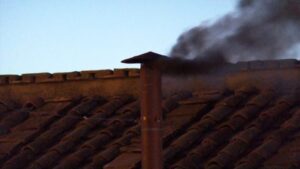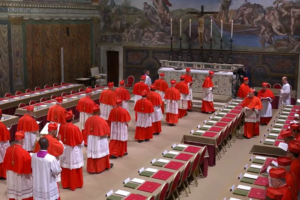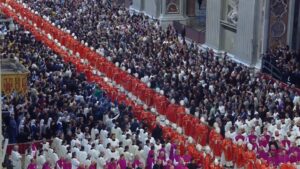ZAMBIA: Personnel, Economy, Challenges Affecting Evangelization in the Archdiocese of Kasama

A map showing Catholic Dioceses in Zambia, However the youngest Diocese of Kabwe which was established in October 2011 is not reflected in the map. (Image Courtesy)
Part III of the Serialization of the Archdiocese of Kasama
By Pamela Adinda, AMECEA Online News
The Catholic Archdiocese of Kasama covers a distance of 77,650 Square Kilometres, (29,992 Square Miles). According to Most Rev. Ignatius Chama, the Archdiocese currently has 27 parishes, of which each has between 40 and 50 prayer centres (sub-parishes); these are usually looked after by lay faithful Prayer leaders who the Archdiocese have trained on how to conduct prayers on Sunday in the absence of a Priest.
According to Archbishop Chama, when a bishop has two priests running a parish where they have to look after 40 prayer centres located far apart from each other, it is only twice or thrice in a year that Christians in a centre have Eucharistic celebration. What it means is that most of the time, the faithful are on their own.
“This is really a big challenge in our Archdiocese because it is like we are turning these centres into ‘filling stations’ where a priest only goes to fill a tank and then goes away. Unfortunately, the situation is unavoidable because in most cases the distances from these prayer centres to the main parish church is over 100 kilometres,” Archbishop Chama expressed the concern, adding that the problem is made even worse due to lack of means of transport for the priests as some parishes are located in very remote hard to reach areas.
“Sometimes when we approach donor partners to ask for financial support for a vehicle so that a priest can reach out to the people of God, funds are not easily available. Rarely, you will meet somebody who will say, “Okay I understand your situation, we will give you a car for pastoral use,” he explained.
According to the Archbishop, Kasama is very rural despite the fact that the town is the headquarters of the Northern Province. It is a municipal council town, not yet a city. The districts that exist within the Province are rural so much that the people who have regular income are largely the civil servants.
“When it comes to Sunday collections in a centre, the one who would contribute a little bit more, if he/she is generous, is either a teacher or those working in Health centres because they get a salary every month. Otherwise the rest depend on what they planted during the only rain season,” he said, adding that many parishes get income from the month of May up to around October when people are selling their farm produce.
“Otherwise the rest of the year when you go to a parish, the Church may be full of people who have come to worship, but the Sunday collection would only amount to more or less 200 Zambian Kwacha, an equivalent of 20 US Dollars. And this is not because people are mean but sincerely their income is finished until the next harvest. As such, the economic situation of Kasama makes it a little tough for the Christians to support the Church. However, because of their faith and their convictions that they are supposed to give to the Church, the people do contribute the little that they have, when they have it,” said Most Rev. Chama.
∽End∽


